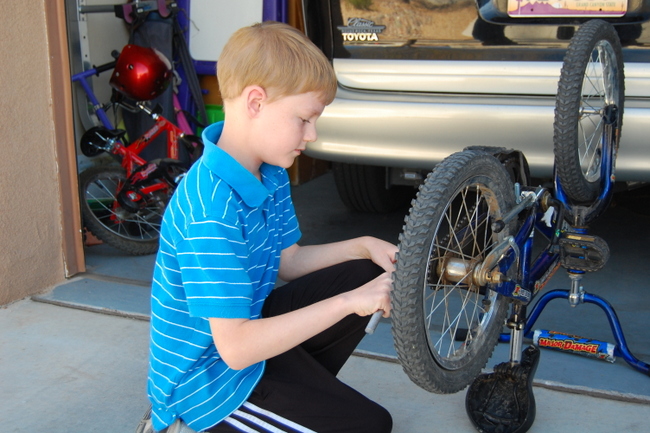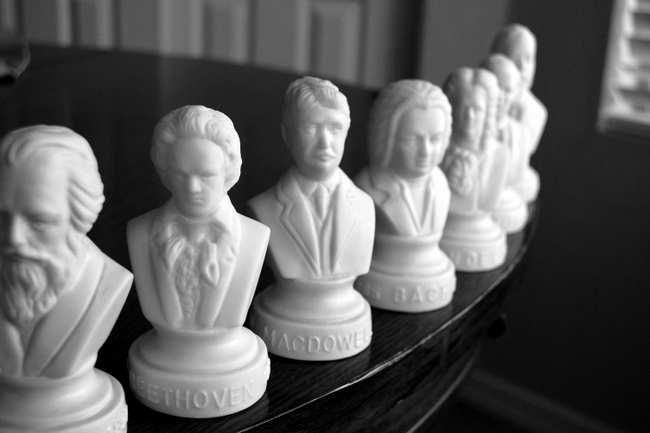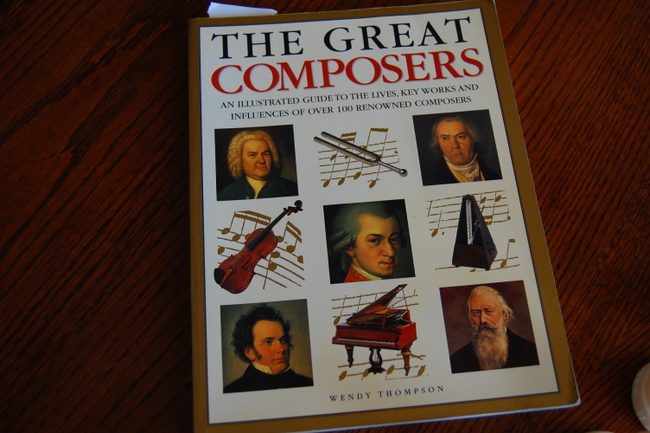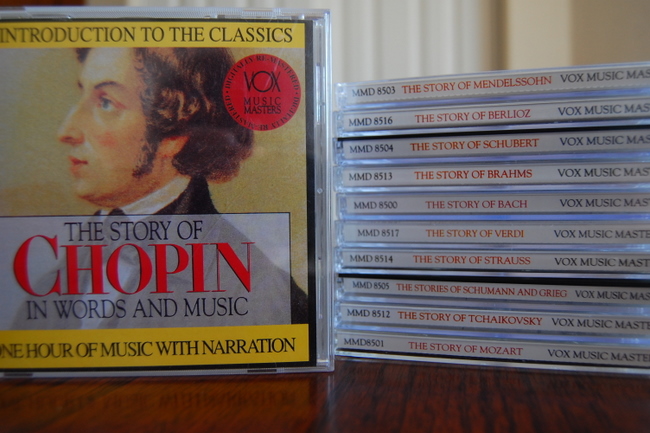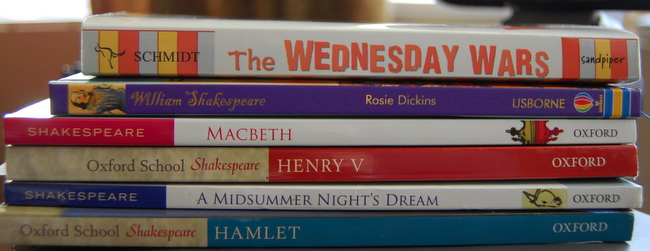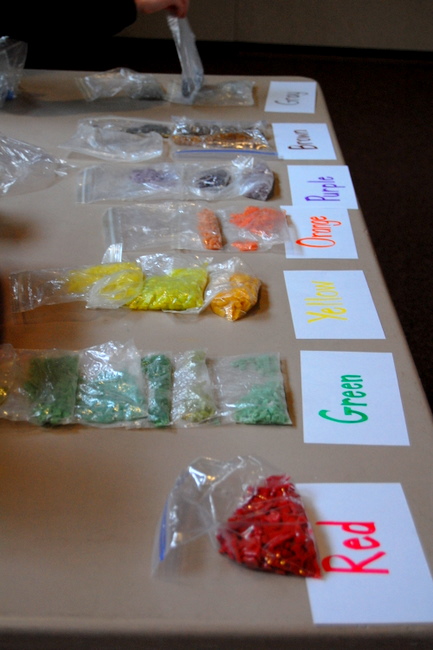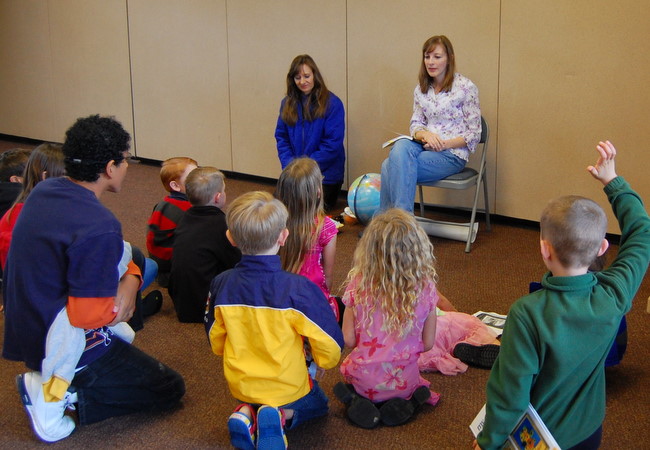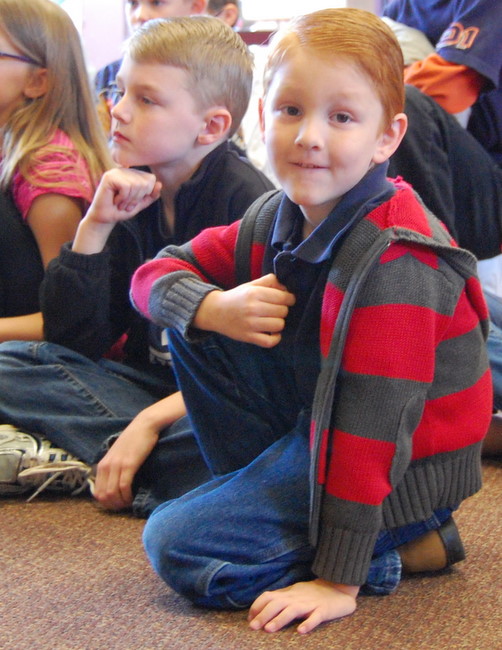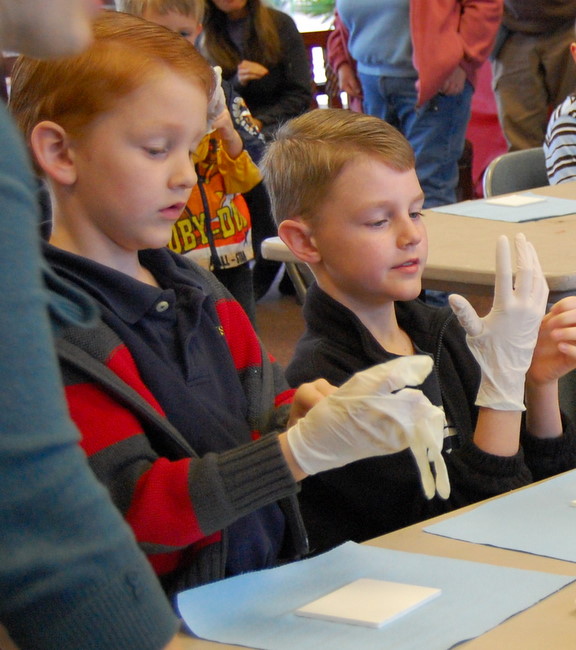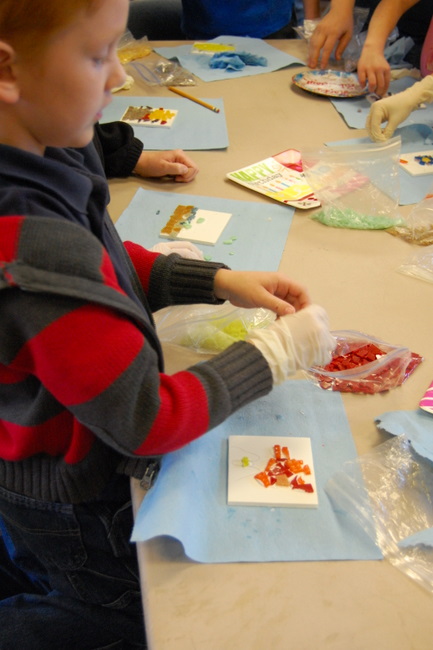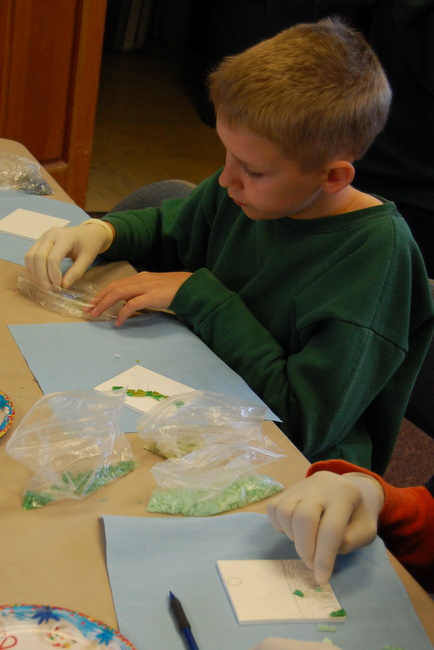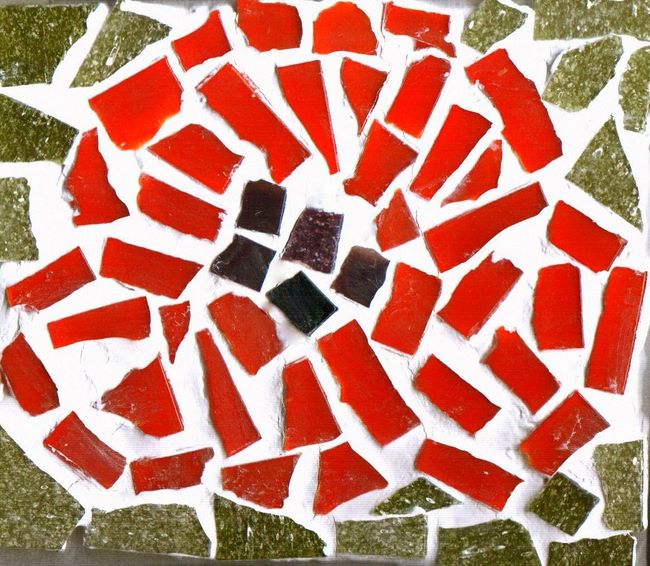Do you have an unlikely treasure hidden in plain sight at your house?
Here’s mine:
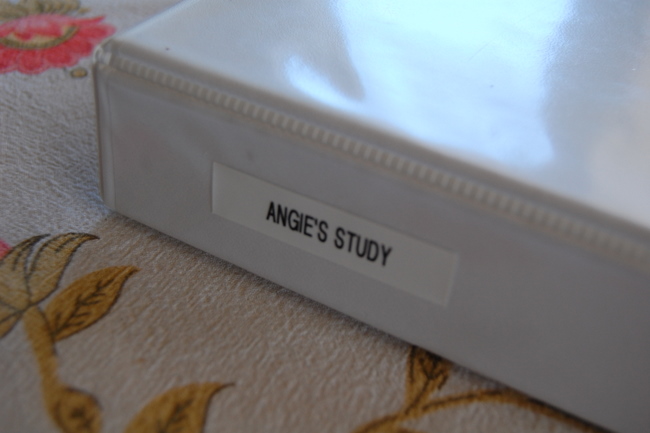 My house is full of binders just like this, but this is one of my favorites.
My house is full of binders just like this, but this is one of my favorites.
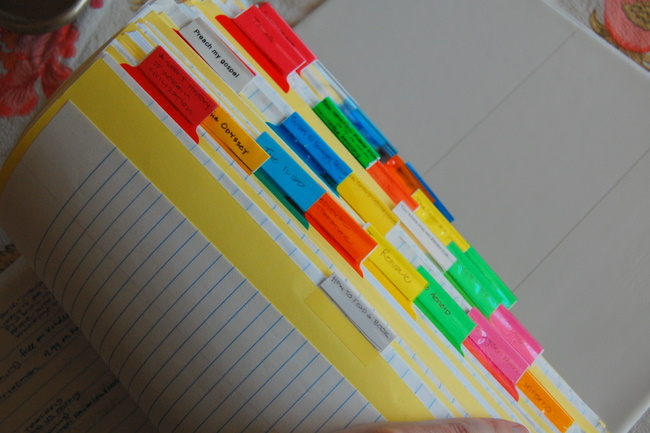 Last year I decided to collect the notes I have taken from literature since moving to Arizona and compile them in a book for easy reference.
Last year I decided to collect the notes I have taken from literature since moving to Arizona and compile them in a book for easy reference.
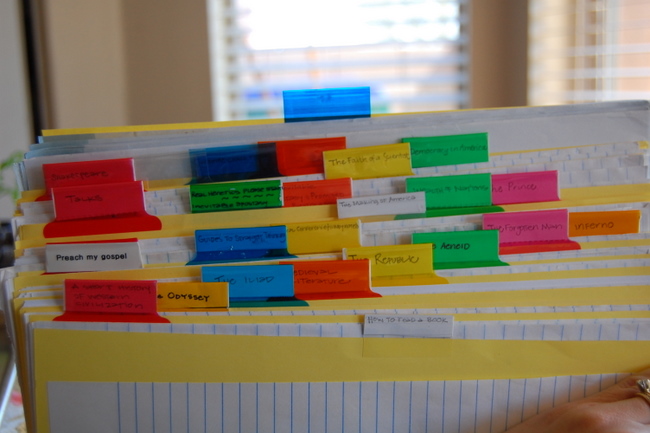 It’s an odd assortment of stuff; some of it is personal religious study; some of it is evidence of curiosity; many books I have studied so I can teach them. I don’t take notes on everything that I read. More often you will find my notes scribbled in the margins of my books. But there are some books which require a little more effort. This is where I keep the evidence of those efforts.
It’s an odd assortment of stuff; some of it is personal religious study; some of it is evidence of curiosity; many books I have studied so I can teach them. I don’t take notes on everything that I read. More often you will find my notes scribbled in the margins of my books. But there are some books which require a little more effort. This is where I keep the evidence of those efforts.
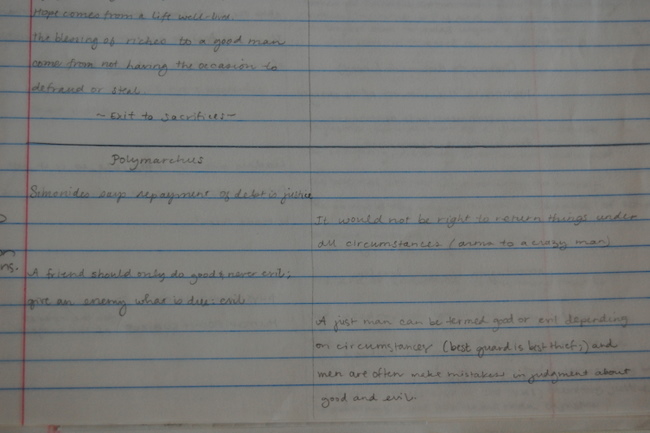 I read The Republic twice last year to make any sense of it. I made notes in columns to show the dialogue.
I read The Republic twice last year to make any sense of it. I made notes in columns to show the dialogue.
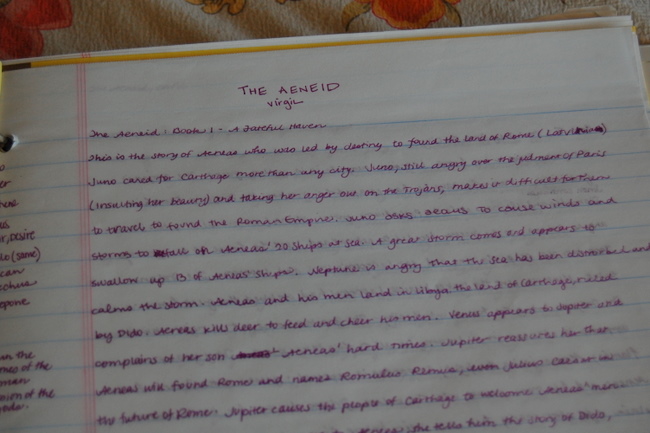 After reading The Aeneid and making careful summaries, I decided not to use much of the work in Paige’s study plan.
After reading The Aeneid and making careful summaries, I decided not to use much of the work in Paige’s study plan.
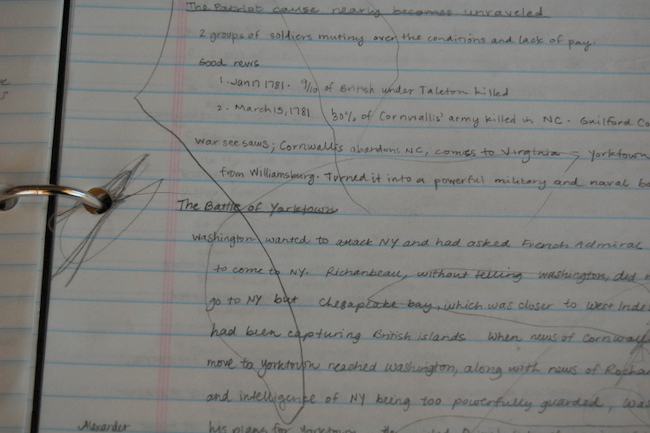 This book is evidence of many elements of my life which coincide with my studies. I was a mother of a toddler at the time I was studying a text on the American Revolution.
This book is evidence of many elements of my life which coincide with my studies. I was a mother of a toddler at the time I was studying a text on the American Revolution.
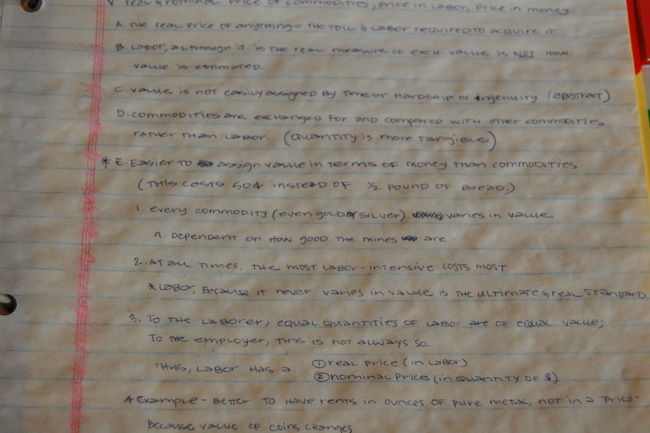 My notes from Inquiry into the Nature and Causes of the Wealth of Nations by Adam Smith were left on a chair at Spring Lake and received a good soaking from the sprinklers.
My notes from Inquiry into the Nature and Causes of the Wealth of Nations by Adam Smith were left on a chair at Spring Lake and received a good soaking from the sprinklers.
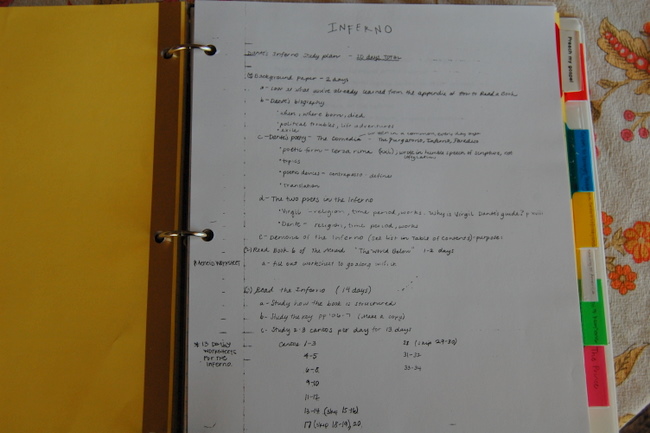 After I read a book, I decide whether I want my children to study it. If so, I will often make a study plan, research commentaries, and write essay questions and sometimes worksheets. It’s not very often that I read something and discover that I can’t use it in some way in our classes.
After I read a book, I decide whether I want my children to study it. If so, I will often make a study plan, research commentaries, and write essay questions and sometimes worksheets. It’s not very often that I read something and discover that I can’t use it in some way in our classes.
I gave up personal reading during high school and college. It took me years to revive the hunger for ideas which was stamped out during those busy years. I didn’t like much of what was assigned to read during those years. I became weary from ideas of authors I didn’t admire and books I had not chosen. Of course these reading experiences had value, but I am grateful to be in a new phase of study.
This time of my life is a little bit like being back in school, but I love the freedom to read what I want and study as little or much as I please.

